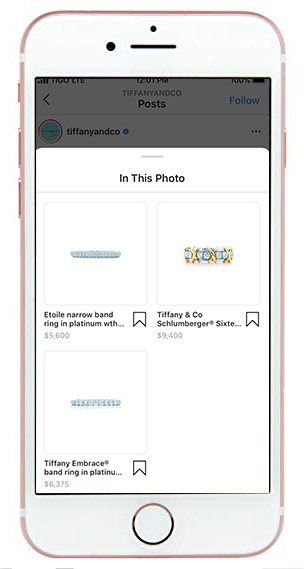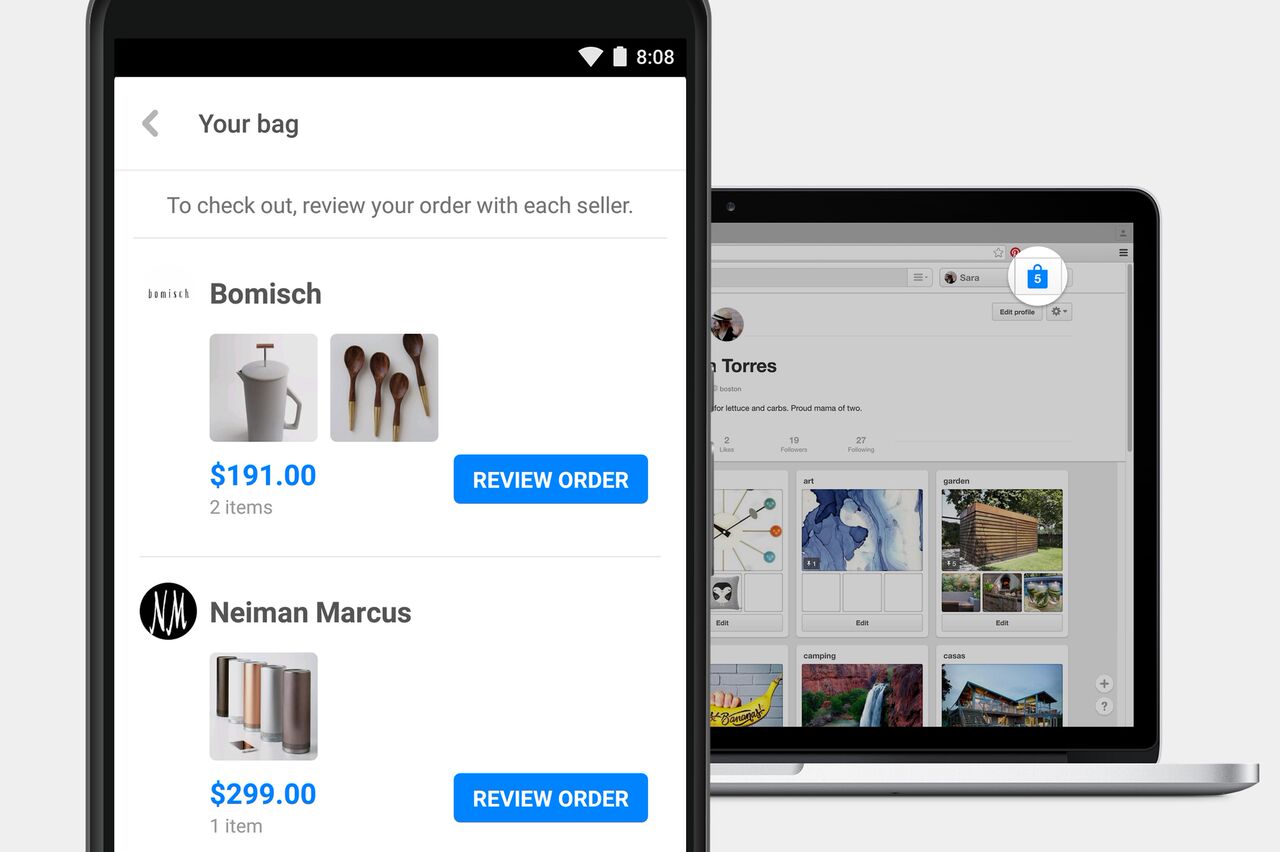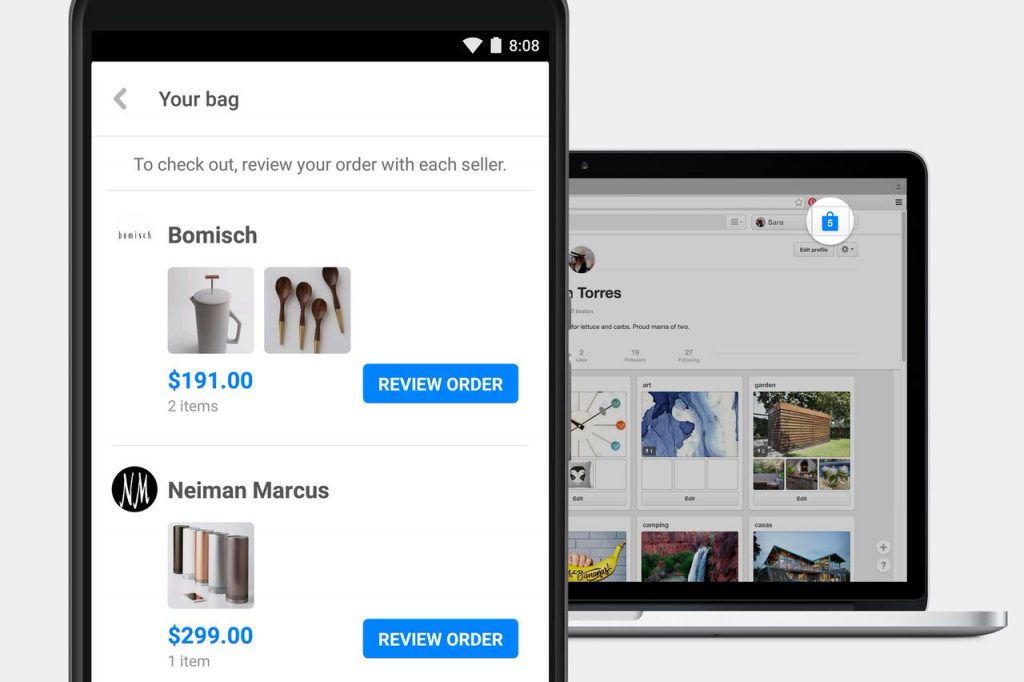There are 7.7 billion people in the world, at least 3.5 billion of them are online. Meaning, social media platforms are now used by one-in-three people in the world.[1]
When looking to buy a product online, most of us begin our search at Amazon. If we don’t find what we’re looking for, we will then probably move on and do a Google search. But social media has changed the way we live our lives. From the way we get our news to the way we communicate with each other; even to how we research and buy products, there is no denying the power social media has over our daily routines. Companies who want to sell their products online have recognized the power of social media, and are relying on their popularity to help sell their products.
But competing with Amazon is no easy task. Because when it comes to the size and scale of their operation, it is now the go-to e-commerce marketplace. Some of the advantages Amazon has over smaller e-commerce companies are: millions of active customers; better shipping deals and a great product offering.
But fear not. This does not mean others can’t compete with Amazon. The popularity of social media around the world is ever-increasing. Social media platforms have the ability to direct shoppers to a new product or attractive deal, and also to engage with consumers. They are now looking to bridge the e-commerce gap by becoming transactional themselves; meaning users will be able to complete purchases without ever leaving the platform.
Shopping on Social Media
Instagram, for example, is making it a lot easier for consumers to buy products that come across their feed with its “shopping tags” feature. Shoppers are able to purchase the product without ever leaving the app, thus reducing the number of steps it takes the consumer to complete the process and capturing impulse buys. Luxury Jewelry brand Tiffany & Co. offers this in-app-shopping experience to its 11.1 million followers.

Facebook unveiled Marketplace a few of years ago with the purpose of keeping transactions local; users can log in and then find items that are for sale in their vicinity. Some of the advantages of using this platform include: it is free of charge, anyone within a 100-mile radius can see your items, and posting your items for sale is a very intuitive process.
Not one to stay behind, Pinterest recognized its users logged into the app with a shopping mindset so they unveiled this year some new features, including Catalogs and Shopping Ads. What this means is, brands can now upload an entire catalog of their products, creating shoppable pins. Retailers can even use the “shop a brand” feature which allows users to view specific brand catalogs.
newsroom.pinterest.com
Research shows that consumers are looking for more personalized service than ever before.[2] In today’s world social media is a huge part of the consumer’s daily routine, making it a great opportunity to spread your brand’s name, make sales and create loyal followers.
[1] Our World in Data, ‘The Rise of Social Media’ Esteban Ortiz-Ospina, https://ourworldindata.org/rise-of-social-media, (accessed Nov. 26, 2019)
[2] Retail Dive, ‘More consumers than ever want retailers to personalize service’ Dan O’Shea, https://www.retaildive.com/news/more-consumers-than-ever-want-retailers-to-personalize-service/531809/ , (accessed Nov. 29, 2019)






